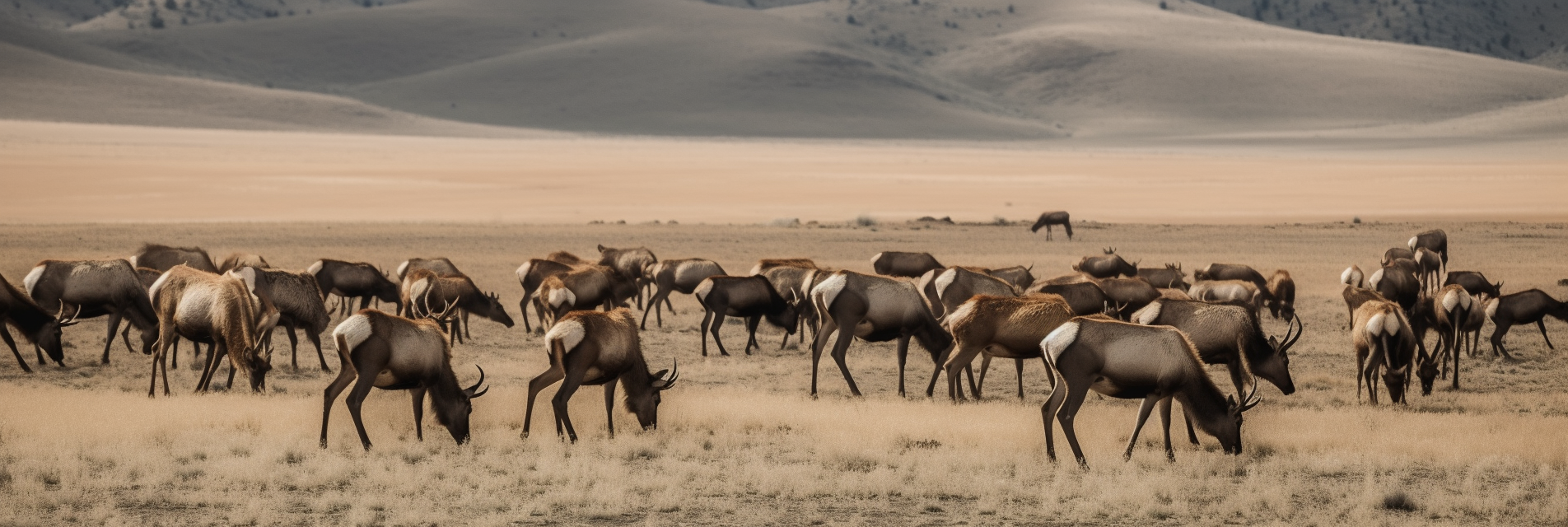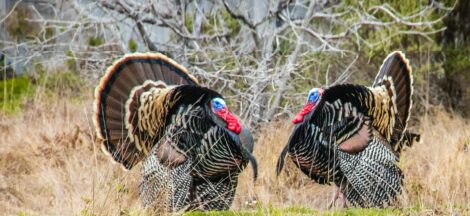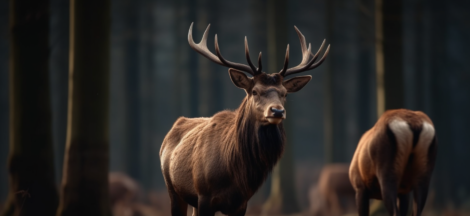5 Expert Tips for Calling in Bull Elk
Welcome, fellow hunters! I’m so glad you’re here. Today, I’m going to share with you my top 5 expert tips for calling in bull elk. These tips come from years of experience, countless hunts, and a whole lot of trial and error. So, grab a seat by the fire, and let’s dive right in.
1. Master the Art of Elk Calling
2. Understand Elk Behavior and Movement Patterns
3. Scout and Prepare Your Hunting Area
4. Use the Right Equipment and Camouflage
1. Master the Art of Elk Calling
There’s no denying it: mastering the art of elk calling is crucial to your success in calling in bull elk. But what’s the secret to becoming an elk-calling virtuoso? I’ve got a few tricks up my sleeve to help you get there.
First and foremost, you need to learn the different elk vocalizations. There are three primary elk calls: the bugle, the cow call, and the calf call. Each serves a specific purpose and can be used to your advantage when trying to lure a bull elk.
I’ll never forget one crisp autumn morning when I successfully called in a massive bull using a combination of cow and calf calls. The bull, thinking a cow and calf were nearby, came charging in, ready to claim his harem. When he emerged from the dense foliage, I was awestruck by his majestic, towering rack. That day, my elk-calling skills paid off big time.
To improve your elk-calling technique, practice regularly, and don’t be afraid to experiment with different calls and sequences. Pay attention to the sounds real elk make, and try to mimic them as closely as possible. Remember, practice makes perfect!
2. Understand Elk Behavior and Movement Patterns
When it comes to calling in bull elk, understanding their behavior and movement patterns is key. Bulls are most active and vocal during the rut, which typically occurs between mid-September and mid-October. This is the best time to employ your calling strategies to attract a dominant bull.
Take the time to learn the subtle nuances of elk behavior. For example, did you know that bull elk will often rake their antlers against trees and brush to mark their territory and intimidate rivals? The more you understand about elk behavior, the more effectively you can use your calls to convince a bull you’re the real deal.
Elk also tend to be most active during the early morning and late afternoon hours. I once spent an entire week hunting a particularly elusive bull. After several days of fruitless effort, I finally spotted him during the waning hours of daylight, bugling from a hillside across a small canyon. I quickly set up my call and began mimicking the bugles and cow calls he was responding to. Within minutes, he had closed the distance, allowing me to take the shot of a lifetime.
3. Scout and Prepare Your Hunting Area
Scouting and preparing your hunting area is crucial for a successful elk hunt. It not only helps you locate elk, but also allows you to identify the best spots for calling and setting up ambushes. Spend some time before the season starts to scout your hunting area, looking for signs of elk activity like tracks, droppings, rubs, and wallows.
When you find an area with ample elk sign, pay attention to the terrain and natural features. Look for vantage points that offer good visibility and natural cover. I once found a perfect calling location on a ridge overlooking a meadow, where I could see for hundreds of yards in all directions. The dense brush behind me provided excellent concealment, making it the ideal spot to set up and call in bull elk.
Another crucial aspect of preparing your hunting area is identifying the prevailing wind direction. Bull elk have an incredible sense of smell and will quickly detect your scent if you’re not careful. Always set up your calling location downwind of the area where you expect the elk to approach, to minimize the chances of being detected.
4. Use the Right Equipment and Camouflage
Having the right equipment and wearing effective camouflage can make all the difference when calling in bull elk. Start by investing in a high-quality elk call. There are several types of calls available, including diaphragm calls, bugle tubes, and open-reed calls. Each has its own strengths and weaknesses, so experiment with different types to find the one that works best for you.
Camouflage is just as important as the right call. Elk have keen eyesight, and they’ll quickly spot anything that looks out of place. Choose a camouflage pattern that matches your hunting environment and the season, to help you blend seamlessly into your surroundings. I remember one hunt where I was so well camouflaged that a cow elk actually walked within a few feet of me, completely unaware of my presence. That same day, I called in a massive bull that had no idea I was there until it was too late.
Don’t forget about scent control. As mentioned earlier, elk have an extraordinary sense of smell, so take measures to eliminate or reduce your scent. Use scent-free soaps and laundry detergents, and consider using scent-eliminating sprays and clothing to further minimize your scent signature.
5. Be Patient and Persistent
Finally, calling in bull elk requires patience and persistence. You won’t always have success on your first try, so don’t get discouraged if a bull doesn’t come charging in right away. Sometimes, it takes several days – or even weeks – of consistent calling to finally lure a dominant bull into range.
During one memorable hunt, I spent ten days in the backcountry, calling and glassing for bull elk without any luck. On the eleventh day, after countless hours of calling, I finally managed to entice a magnificent 6×6 bull into the open. The feeling of accomplishment was indescribable and made every moment of patience and persistence well worth it.
Remember to stay flexible and adapt your calling strategies based on the conditions and elk behavior. If one approach isn’t working, try something different. The key is to remain persistent and never give up.
In conclusion, calling in bull elk is a thrilling and rewarding experience that takes time, practice, and dedication. Master the art of elk calling, understand their behavior, scout and prepare your hunting area, use the right equipment and camouflage, and most importantly, be patient and persistent. With these expert tips in mind, you’ll be well on your way to calling in the bull of your dreams and creating memories that will last a lifetime. So, gear up, hit the woods, and put these tips to the test. I have no doubt that you’ll be recounting your own incredible bull elk calling stories around the campfire in no time.
And remember, the most important part of any hunting adventure is to enjoy the experience and immerse yourself in the great outdoors. Cherish the time spent with friends and family, appreciate the beauty of nature, and respect the majestic creatures we pursue. Happy hunting, my friends, and may your elk calling efforts be met with great success!
Before I leave you to embark on your next hunting adventure, I’d like to share a few bonus tips to help you make the most of your elk calling experience:
Bonus Tip 1: Consider teaming up with a hunting partner when calling in bull elk. One person can focus on calling, while the other positions themselves downwind and prepares for the shot. This teamwork can be incredibly effective and often leads to greater success.
Bonus Tip 2: Keep a record of your hunts, including the calls you used, the weather conditions, and any other relevant details. This information can help you refine your calling techniques and better understand the factors that contribute to a successful elk hunt.
Bonus Tip 3: When calling in bull elk, don’t be afraid to get creative and think outside the box. Sometimes, unconventional tactics, like imitating the sound of an elk splashing in a wallow or using a decoy, can be just what it takes to bring that wary bull within range.
Now, with these expert tips and bonus insights in your arsenal, you’re ready to tackle the thrilling challenge of calling in bull elk. Good luck out there, and happy hunting!





 Unlocking the Secrets of Elk Behavior: A Guide to Anticipating Movements and Enhancing Your Hunt
Unlocking the Secrets of Elk Behavior: A Guide to Anticipating Movements and Enhancing Your Hunt